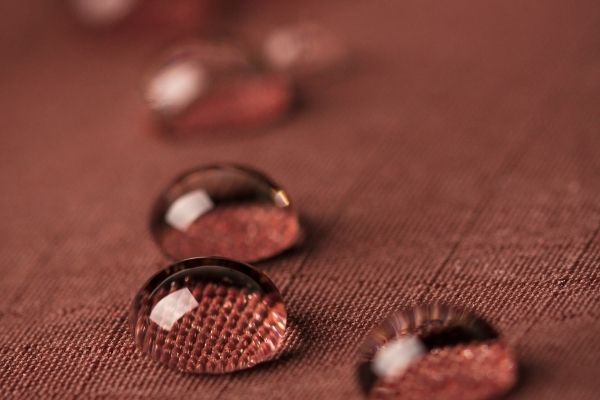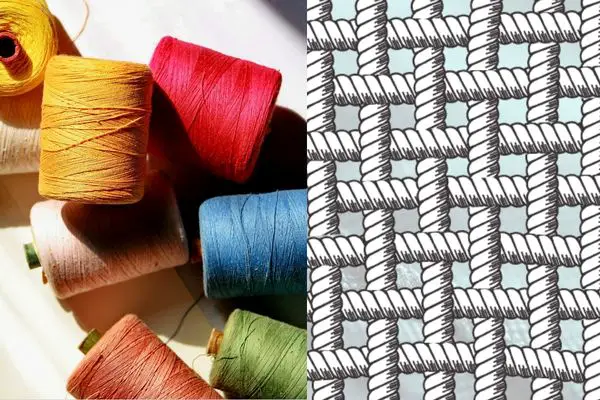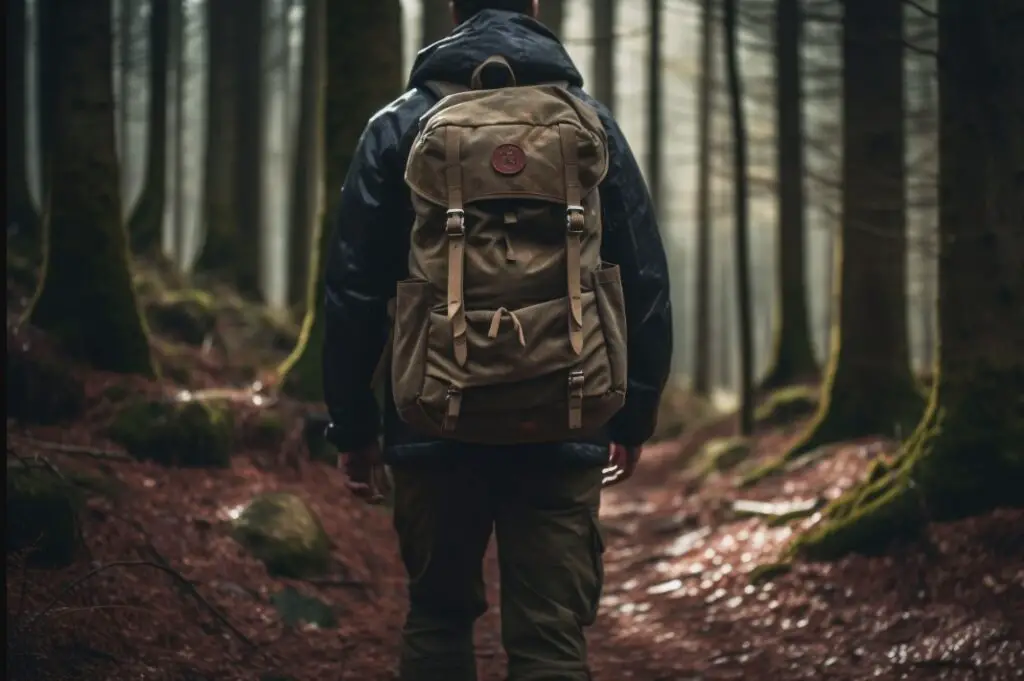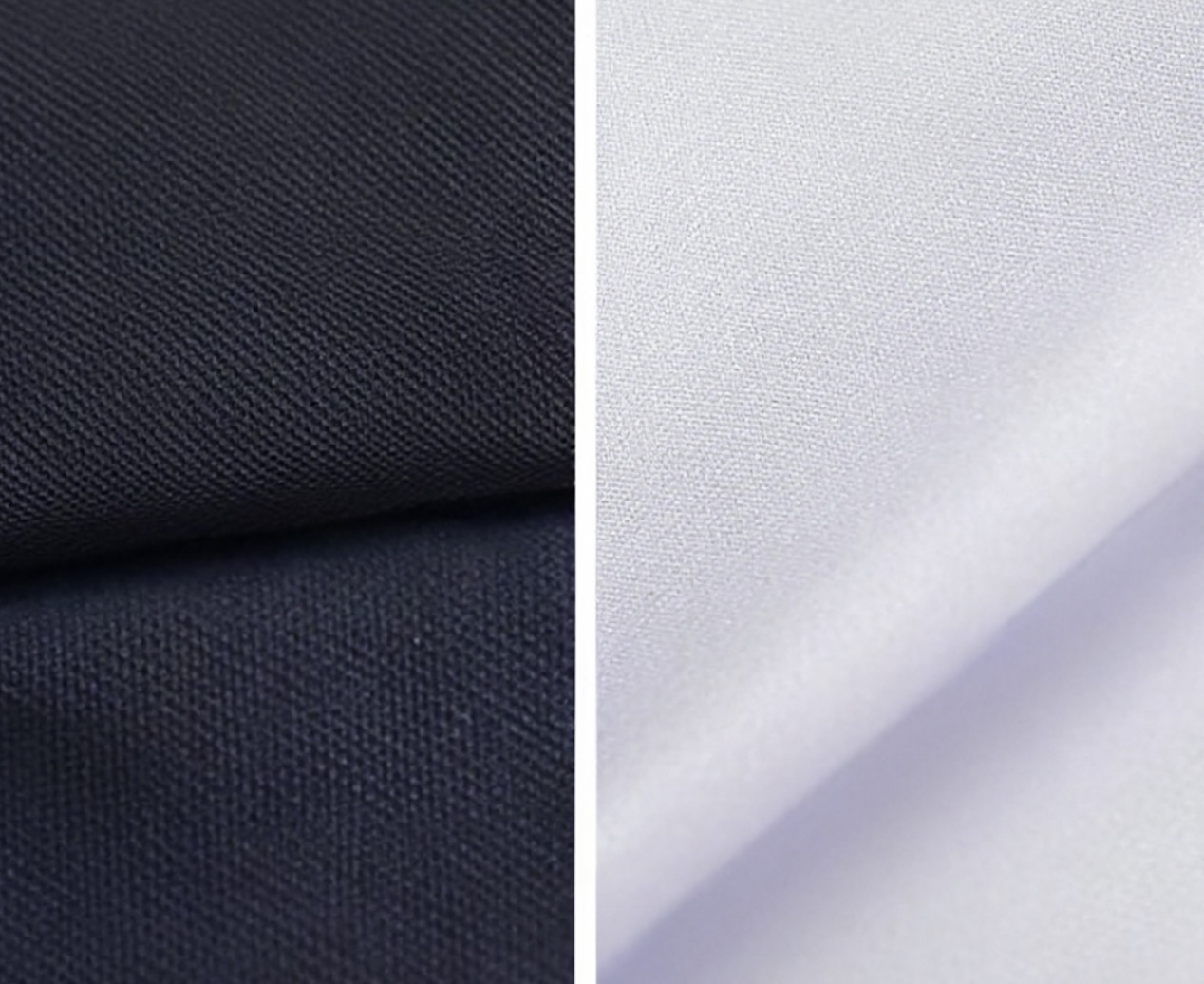When it comes to choosing the right fabric for your outdoor gear, two popular choices are 330d and 500d Cordura.
Both fabrics are made by the same manufacturer, and both are known for their durability, water resistance, and abrasion resistance. But what sets them apart, and which one is the right choice for you?
In this blog post, I will provide a comprehensive comparison between 330d and 500d Cordura and share my personal experiences with both materials. So, let’s dive into the world of Cordura and find out which one is better suited for your needs.
What is Cordura?
A Brief History of Cordura
Cordura is a brand of high-performance nylon fabric developed by the American company INVISTA. The material was first introduced in the 1970s as a type of ballistic nylon.
However, over the years, the brand has expanded to include a wide range of fabrics made from various types of nylon and polyester fibers. Today, Cordura fabrics are used in a variety of applications, including outdoor gear, military equipment, luggage, and footwear.

Characteristics of Cordura
Cordura fabrics are known for theirexceptional durability, tear resistance, and abrasion resistance.
These properties make them an ideal choice for outdoor gear that needs to withstand harsh conditions and rough use.
Additionally, Cordura fabrics are often treated with a durable water repellent (DWR) finish, which provides excellent water resistance.
Comparing 330d and 500d Cordura
Denier: What Does It Mean?
The main difference between 330d and 500d Cordura lies in their denier count. Denier is a unit of measurement used to describe the thickness or density of fibers in a fabric.

Specifically, it measures the mass (in grams) of 9,000 meters of the yarn. A higher denier count indicates a thicker, denser fabric, while a lower denier count represents a thinner, more lightweight fabric.
The Differences in Weight and Thickness
As the denier count suggests, 500d Cordura is thicker and heavier than 330d Cordura. This means that a backpack or other gear made from 500d Cordura will be more durable and resistant to wear and tear than one made from 330d Cordura.
However, the increased thickness and weight also make 500d Cordura less packable and less breathable than its 330d counterpart.
Durability and Abrasion Resistance
Both 330d and 500d Cordura fabrics are known for their durability and abrasion resistance.
However, 500d Cordura is generally considered to be more durable and resistant to abrasion than 330d Cordura.
This is because the thicker fibers in 500d Cordura provide better protection against wear and tear. That said, 330d Cordura is still a very durable fabric and suitable for most outdoor applications.
Water Resistance
While both 330d and 500d Cordura fabrics are water-resistant, the thicker fibers in 500d Cordura provides slightly better water resistance than the thinner fibers in 330d Cordura. However, this difference is usually negligible, as both fabrics can be treated with a durable water repellent (DWR) finish to enhance their water resistance.
My Personal Experience with 330d and 500d Cordura
Backpacking with 330d Cordura
I have used a backpack made from 330d Cordura for several multi-day hiking trips, and I have been very impressed with its performance.
The fabric is lightweight and packable, making it easy to carry my gear without adding unnecessary weight.
Despite its lighter weight, the 330d Cordura held up well to the wear and tear of the trail, showing minimal signs of abrasion.
Hiking with 500d Cordura
On the other hand, I have also used a backpack made from 500d Cordura for more rugged and demanding hikes.

The fabric’s increased durability and abrasion resistance was evident, as the backpack showed little to no signs of wear even after several rough outings.
However, the weight and bulk of the 500d Cordura backpack made it less comfortable to carry on longer hikes compared to the 330d Cordura backpack.
Which One Should You Choose?
Ultimately, the choice between 330d and 500d Cordura comes down to your specific needs and preferences.
If you prioritize durability and resistance to wear and tear, 500d Cordura may be the better choice for you. However, if you prefer a lighter, more packable fabric for your outdoor gear, 330d Cordura might be more suitable.
Conclusion
To sum it up, both 330d and 500d Cordura fabrics offer excellent durability, water resistance, and abrasion resistance, making them ideal choices for outdoor gear.
Here are ten key facts to remember about these two materials:
1. Cordura is a brand of high-performance nylon fabric known for its durability and resistance to wear and tear.
2. Denier is a unit of measurement used to describe the thickness or density of fibers in a fabric.
3. The main difference between 330d and 500d Cordura is their denier count, with 500d Cordura being thicker and denser than 330d Cordura.
4. 500d Cordura is generally more durable and resistant to abrasion than 330d Cordura.
5. Both 330d and 500d Cordura fabrics are water-resistant, with 500d Cordura offering slightly better water resistance.
6. 330d Cordura is more lightweight and packable than 500d Cordura.
7. 500d Cordura is less breathable than 330d Cordura due to its thicker fibers.
8. My personal experience has shown that 330d Cordura is suitable for lightweight backpacking and hiking, while 500d Cordura is better suited for more demanding outdoor activities.
9. The choice between 330d and 500d Cordura ultimately depends on your specific needs and preferences.
10. Both 330d and 500d Cordura fabrics are excellent choices for outdoor gear, offering a balance of durability, water resistance, and abrasion resistance.
I hope this blog post has helped you understand the differences between 330d and 500d Cordura and make an informed decision on which fabric is best suited for your needs. Happy adventuring!
FAQs
How strong is 500D Cordura?
500D Cordura is a durable and strong fabric that is commonly used in outdoor gear and military applications. It has a tear strength of around 225 pounds and a tensile strength of around 350 pounds, making it a reliable choice for heavy-duty use.
What is 500D Cordura used for?
500D Cordura is a type of fabric that is commonly used in the production of backpacks, luggage, and outdoor gear. It is known for its durability, abrasion resistance, and water resistance, making it ideal for use in products that are subjected to heavy use and harsh environments.
Is Cordura 500 waterproof?
Cordura 500 fabric is not inherently waterproof, but it can be treated with a waterproof coating or laminate to make it water-resistant or waterproof.
What is the difference between 500D and 600D Cordura?
The main difference between 500D and 600D Cordura is the thickness and strength of the fabric. 600D Cordura is thicker and stronger than 500D Cordura, making it more durable and better suited for heavy-duty applications.
Which is better 500D or 1000d?
It depends on your specific needs and preferences. The Canon 500D has a higher resolution sensor and better video capabilities, while the Canon 1000D is more affordable and has a simpler interface. Consider what features are most important to you and your budget when deciding which camera to choose.
What is the toughest Cordura?
The toughest Cordura fabric is typically 1000D Cordura, which has a higher denier (thickness) and is more abrasion-resistant than lower denier Cordura fabrics.




